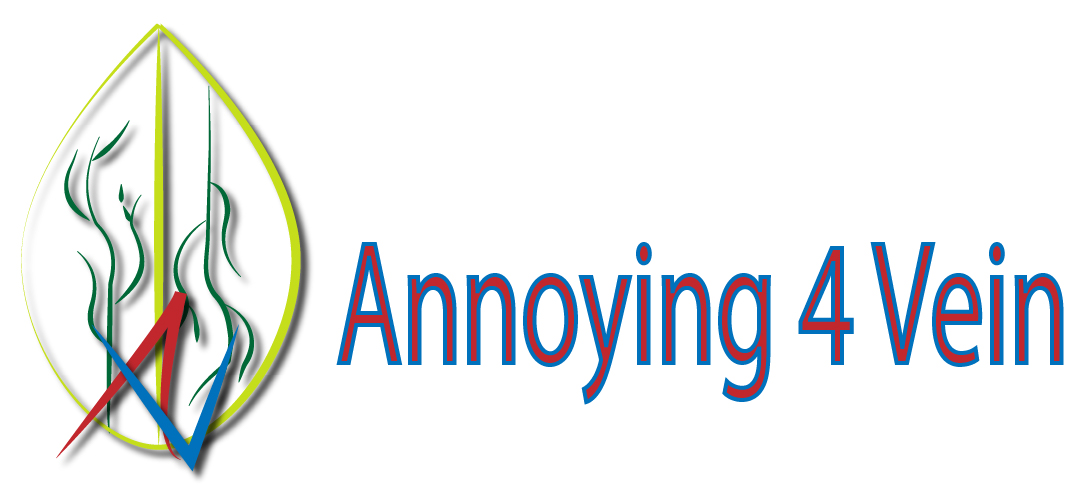In a world inundated with data, the capability to get and provide brief summaries has become increasingly valuable. Summarizing we can distill complex some ideas, lengthy texts, or elaborate ideas in to clear and brief representations. In this informative article, we shall discover the art of summarization, their advantages across different domains, and techniques to generate powerful summaries that record the substance of the initial content.
Knowledge the Intent behind Summaries:
Summaries offer as reduced Book Summarizer of bigger pieces of information, giving viewers with a brief summary of the key points, critical arguments, or important details. Summaries are applied in academic options, professional contexts, and every day life to save lots of time, help appreciation, help decision-making, and connect information efficiently.
Summarization Practices:
There are numerous techniques to summarization, each having its own benefits and applications. These practices contain:

a) Extraction-based Summarization: This method involves pinpointing and choosing the most important sentences, terms, or information from the source material to make a summary. It centers around keeping the initial wording and structure.
b) Abstraction-based Summarization: Abstraction-based practices make an effort to generate summaries by paraphrasing and rephrasing the first material, using natural language generation methods. This process enables more mobility and can produce summaries that communicate the main some ideas in a novel way.
c) Hybrid Methods: Some summarization methods mix extraction and abstraction methods to affect a balance between preserving crucial facts and generating defined, human-readable summaries.
